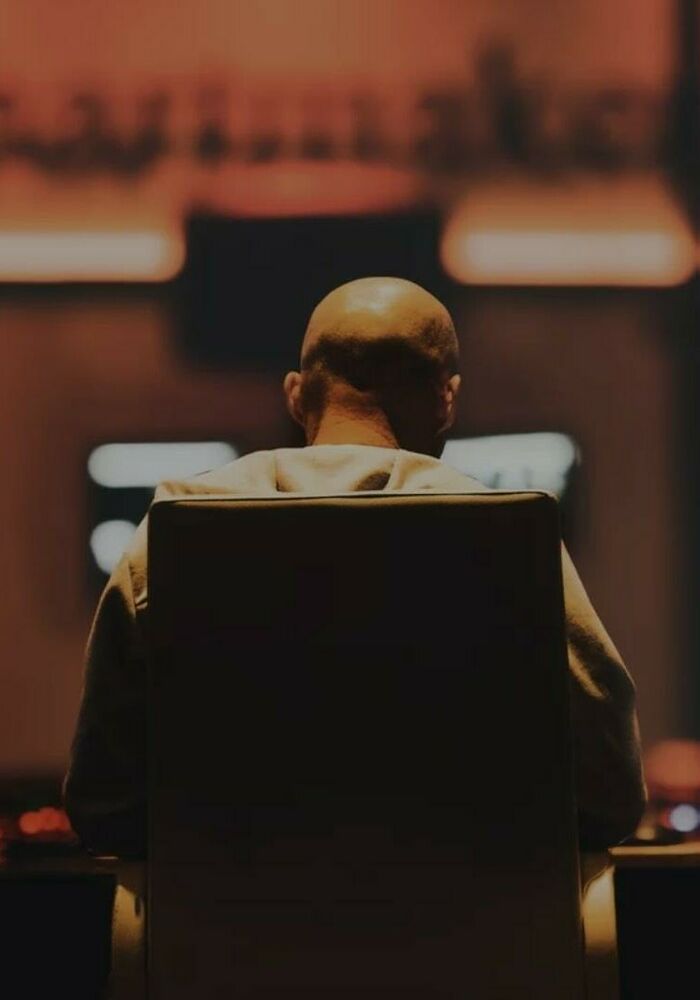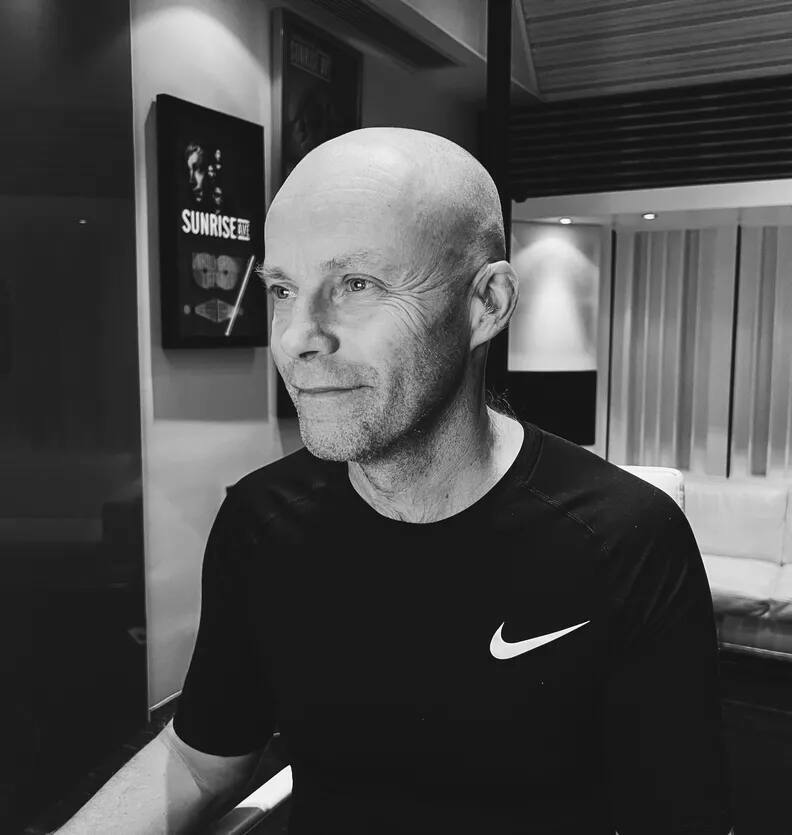Two-time Grammy nominated mix and mastering engineer – and owner of Chartmakers studio just outside of Helsinki – Svante Forsbäck, delves into the art of mastering and explains how he mixed and mastered Rammstein’s new album, Zeit in Dolby Atmos.
You upgraded your studio to Dolby Atmos recently. How does mastering for Atmos differ from mastering for stereo?
It's totally different because with Atmos, you can't use the basic tools and the basic principles that we always use in mastering. With Atmos, you don't have the two channel master bus that we do all the processing with.
One Atmos master can be 20, 50 or 100 channels because of the objects, so we have had to find new techniques to process so many channels at the same time.
Also, a lot of the good stuff coming out during normal stereo mastering is when you push your analogue chain and you drive your gear quite hot, then when you combine all your gear at the end, you get this really nice ‘glue’ and some small distortion, which sounds really analogue and soft and nice. But you can’t do that with Atmos because of the format.
Atmos is really good for mixing and mastering engineers because we had to find new ways of making sound, sound good. Also Atmos has a tight level specification. For example, an Atmos master has to be -18 LUFS, and that's pretty low compared to normal stereo masters that are usually around 10dB louder. If you send a master to Apple which is louder, it will be rejected.
So there's actually no way you can really achieve this level of normalisation, which I think is really good, actually, because it makes music breathe and is very dynamic. It's still a learning process for everybody and I'm really glad that the format is here and we have the platforms to stream those.




